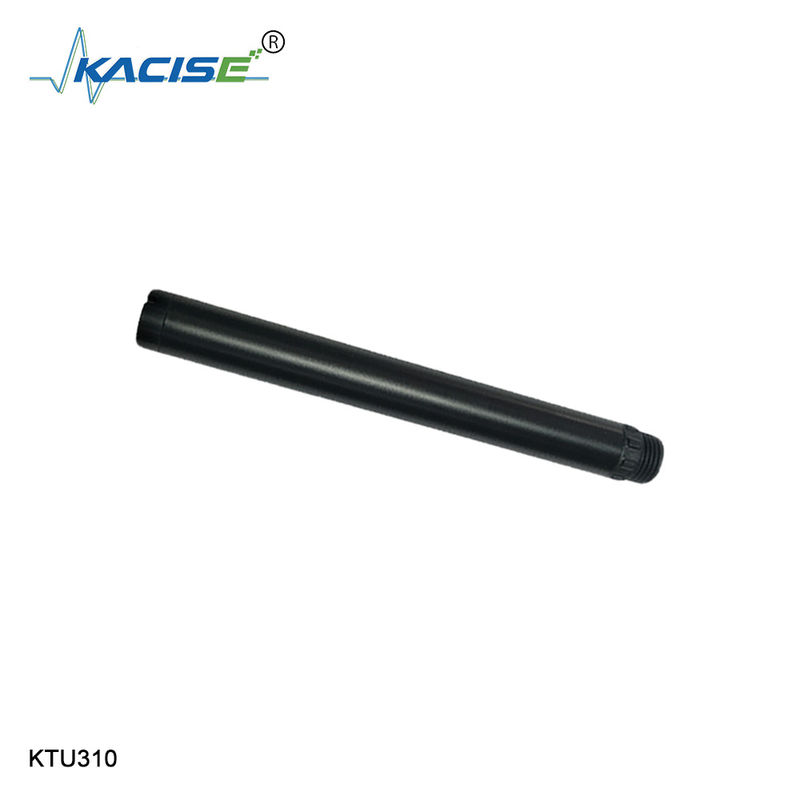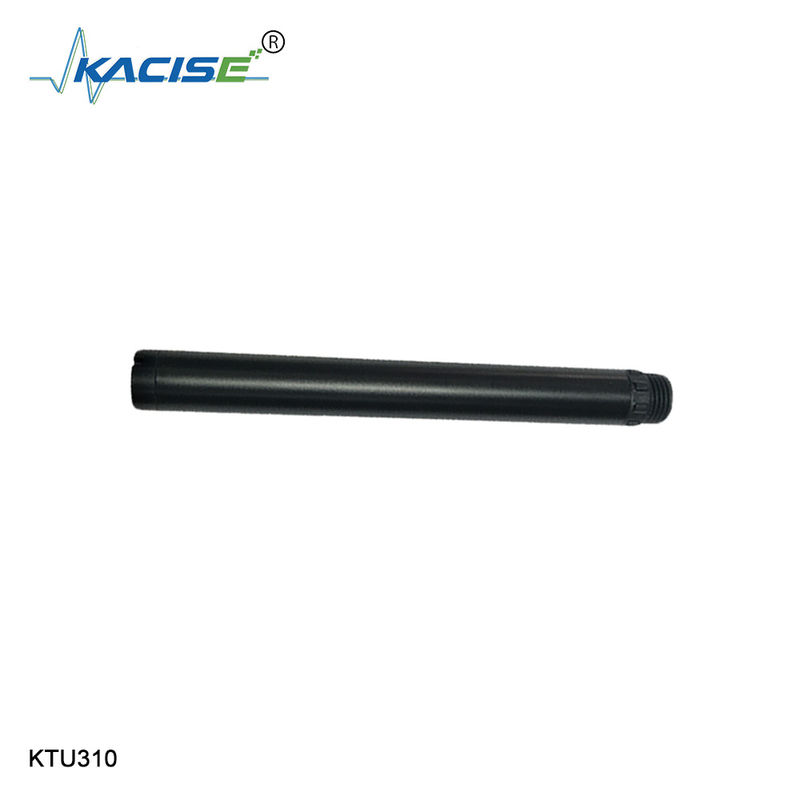Scattering Method Online Turbidity Sensor Anti Interference
KTU310 Online Turbidity Sensor 90 ° Angle Scattering Principle Fiber Structure, Strong Anti-Interference Ability
1.Principle
The KTU310 integrated online turbidimeter is designed and made by the principle of scattering light turbidimeter. When a beam of light enters a water sample, the light is scattered by the turbidity material in the water sample. The turbidity in the water sample can be calculated by measuring the intensity of the scattered light in the vertical direction of the incident light and comparing it with the internal calibration value, the final value is output after linearization.
2.Feature
90 ° angle scattering principle, built-in temperature sensor
Support RS-485, Modbus/RTU protocol
Fiber structure, the strong anti-interference ability of external light
The infrared LED light source, high stability
IP68, shield, water depth, 20 meters
Convenient, fast, stable, and easy to maintain
3.Technical Specifications
| Model number |
KTU310 |
| Measuring principle |
Scattering method |
| Range |
0 ~ 100 NTU |
| Resolution |
0.1 NTU, 0.1 °C |
| Precision |
± 3% or ± 2 NTU
± 0.5 °C
|
| Calibration mode |
Two-point calibration |
| Temperature compensation |
Automatic temperature compensation (PT1000) |
| Output mode |
RS-485(Modbus/RTU) |
| Working conditions |
0ー50 °C, < 0.2 mpa |
| Storage temperature |
- 5 ~ 65 °C |
| Installation mode |
Immersion mounting, 3/4 NPT thread |
| Power consumption |
< 0.05 W |
| Power supply |
12 ~ 24 VDC ± 10% |
| Protection level |
IP68 |
4.Dimensional Drawing

Tips: Measuring Turbidity with a Turbidity Meter
One of the more common methods of measuring turbidity is with a turbidity meter. Turbidity meters can be handheld and field-ready or intended for laboratory benchtop use. These instruments use a light source and one or more detectors to measure the light scattered by particles in water samples.
Light Scatter
The larger a particle is, the more light that will be scattered forward.
Light is scattered and absorbed by particles in the water. Even clear water will have minute light scatter due to the presence of dissolved particles and molecules. This scatter can be in any direction, and the intensity in any given direction is dependent on both the light source and the size of the particle(s). When a particle is much smaller than the beam of light, the scattering is symmetrical in all directions. The larger the particle becomes, however, the more light that will be scattered forward (away from the light beam).
Wavelength also affects light scatter. In general, shorter wavelengths will scatter more than longer wavelengths for the same particle size 32. Shorter wavelengths are also more susceptible to absorption by colored molecules in the sample. Near-infrared light is rarely absorbed, so dissolved colored material will not affect it 32. This is one of the reasons that turbidity measurements made through different methods are often not comparable – if the light source is different, the light scatter will be different. While this is accounted for in the calculations, equivalent results are guaranteed.
The distance traveled by scattered light also affects turbidity readings. The longer the light path between the light source and the photodetector, the better the resolution of the instrument at low turbidity levels. The longest path lengths are at 90 and 180 degrees. However, increasing the path length sacrifices measurement range. Both the EPA 180.1 and the ISO 7027 methods limit light path length to 10 cm total. A decreased path length (such as a backscatter-based photodetector) increases the turbidity measurement’s upper limit.
However, the more particles present in the sample, the more the light will be scattered. Turbidity meters measure the amount of light scattered at a specific angle, and convert that reading into a turbidity measurement. Some turbidimeters are designed to compensate for color absorption and high turbidities, while others are intended for precise and accurate readings at very low turbidity levels. Most turbidity meters use nephelometric technology, though attenuation and ratiometric instruments exist.

 Your message must be between 20-3,000 characters!
Your message must be between 20-3,000 characters! Please check your E-mail!
Please check your E-mail!  Your message must be between 20-3,000 characters!
Your message must be between 20-3,000 characters! Please check your E-mail!
Please check your E-mail! 


